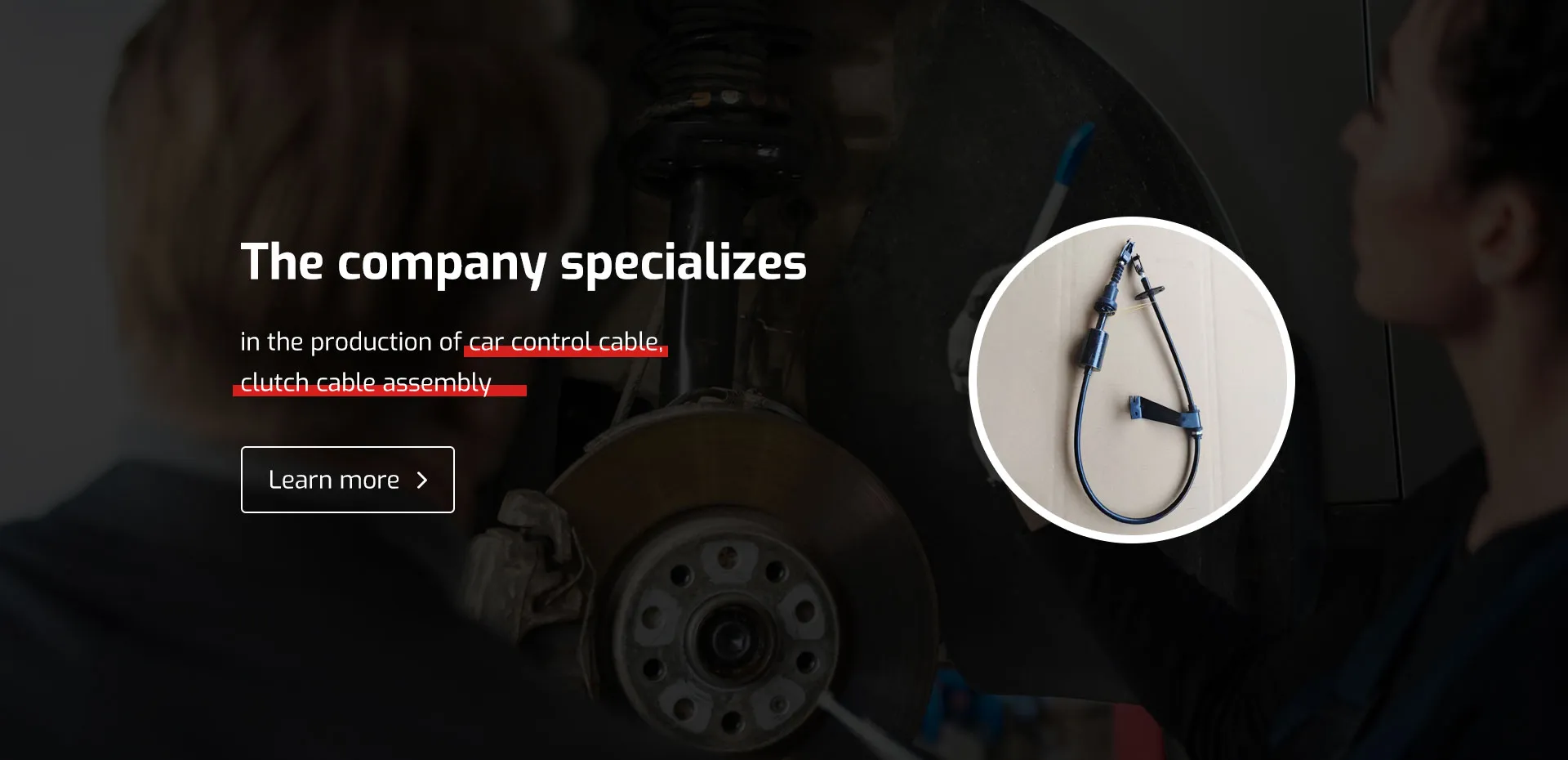Understanding the Components and Function of Bicycle Derailleur Systems for Optimal Performance
Understanding Derailleur Assembly A Crucial Component of Modern Bicycles
The derailleur assembly is a vital part of modern bicycle gear systems, playing a significant role in how cyclists shift gears and maintain optimal performance while riding. Whether for casual commuting, competitive racing, or adventurous trail riding, understanding the function and assembly of derailleurs can greatly enhance the biking experience.
What is a Derailleur?
A derailleur is a mechanism that moves the chain between different gears on a bicycle's cassette or chainrings. It consists of a movable arm, known as the cage, which guides the chain onto selected sprockets. This simple yet ingenious device allows cyclists to efficiently change gears, adapting to varying terrains and cycling conditions.
There are typically two types of derailleurs found on most bicycles the front derailleur, which shifts the chain between the different chainrings, and the rear derailleur, which shifts the chain between the gears on the rear cassette. Each derailleur is finely tuned to enhance gear performance and ensure smooth transitions.
The Components of a Derailleur Assembly
A derailleur assembly consists of several key components, each contributing to its overall function
1. Cage The cage is the part that holds the chain. It is designed to pivot and move as the cyclist shifts gears, allowing the chain to move from one sprocket to another.
2. Pulley Wheels These are gears located on the derailleur that guide the chain and reduce friction. The rear derailleur typically has two pulleys – the upper pulley and the lower pulley – which play critical roles in maintaining tension and facilitating smooth gear changes.
3. Mounting Bracket This component attaches the derailleur to the bike frame, usually at the derailleur hanger on the rear triangle or on the bottom bracket for the front derailleur.
4. Spring Mechanism The spring inside the derailleur helps to maintain chain tension, keeping the chain snug against the gears and ensuring that shifts are crisp and responsive.
5. Limit Screws These screws set the boundaries for the derailleur’s movement, preventing the chain from overshifting and potentially falling off the gears.
6. Cable and Housing The cable connects the derailleur to the shifter, allowing the rider to change gears with ease. The housing provides protection to the cable and helps it move smoothly.
derailleur assembly

Assembly Process of a Derailleur
Assembling a derailleur involves careful attention to detail. Here is a step-by-step guide
1. Select the Right Derailleur Ensure that the derailleur is compatible with the bicycle’s drivetrain system, which includes factors like the number of gears in the rear cassette and the type of shifters.
2. Attach the Mounting Bracket Secure the derailleur to the bike frame using the mounting bracket. Make sure it is positioned correctly based on the manufacturer’s specifications.
3. Install the Pulley Wheels Carefully attach the pulley wheels to the derailleur, ensuring they are correctly aligned and spinning freely.
4. Adjust the Limit Screws Set the limit screws to define the range of motion for the derailleur, preventing overshifting which could lead to mechanical issues.
5. Connect the Cable Thread the cable through the derailleur’s cable housing and attach it to the shifter. Make sure to pull the cable taut and secure it properly.
6. Test the Functionality Shift through all the gears to ensure smooth operation. Make any necessary adjustments to the limit screws or cable tension for optimal performance.
Maintenance of the Derailleur Assembly
Regular maintenance ensures longevity and efficient performance of the derailleur assembly. Cleaning the pulleys and cage, lubricating the moving parts, and checking for any signs of wear or damage should be part of a cyclist’s routine. Regularly inspecting the alignment of the derailleur can also prevent issues during shifts.
Conclusion
The derailleur assembly may seem like a complex component, but with a bit of understanding and careful assembly, it can greatly enhance the performance of any bicycle. Whether tackling steep hills or cruising on flat terrains, mastering the art of gear shifting through a well-maintained derailleur system is key to enjoying a smooth, efficient ride. Understanding its components and how they work together is not just beneficial for cyclists; it is essential for fostering a deeper appreciation of the bicycle as a whole.
-
Upgrade Your Vehicle with High-Quality Handbrake CablesNewsNov.01,2024
-
Optimize Your Bike's Performance with Quality CablesNewsNov.01,2024
-
Enhance Your Vehicle's Performance with Quality Clutch ComponentsNewsNov.01,2024
-
Elevate Your Vehicle's Performance with Quality Throttle CablesNewsNov.01,2024
-
Elevate Your Vehicle's Performance with Quality CablesNewsNov.01,2024
-
Affordable Solutions for Your Cable NeedsNewsNov.01,2024
